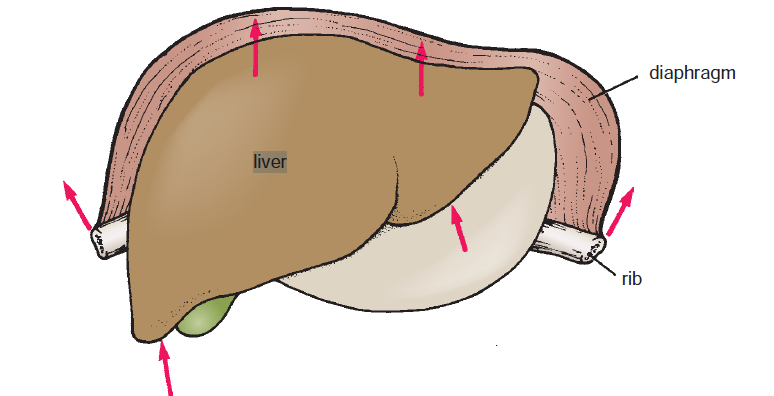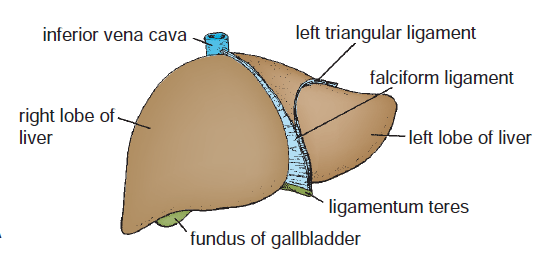Liver Abscess
content of this page
1- Introduction
2- Anatomical Overview
3- Treatment
4- purposes
Introduction
A liver abscess is a localized collection of pus within the liver, usually caused by bacterial, parasitic, or fungal infection. It is a serious medical condition that requires prompt diagnosis and treatment.

Anatomical Overview
Liver Anatomy
- Location: The liver is located in the right upper quadrant of the abdomen, just below the diaphragm.
- Lobes: The liver is divided into two main lobes, the larger right lobe and the smaller left lobe, further subdivided into segments.
- Blood Supply:
- Hepatic Artery: Provides oxygen-rich blood from the aorta.
- Portal Vein: Delivers nutrient-rich blood from the gastrointestinal tract.
- Bile Ducts: Drain bile produced by the liver into the gallbladder and duodenum.
Pathogenesis of Liver Abscess
Infectious Agents:
- Bacteria: Commonly E. coli, Klebsiella, Streptococcus, Staphylococcus aureus.
- Parasites: Entamoeba histolytica in amebic abscesses.
- Fungi: Candida species in immunocompromised patients.
Routes of Infection:
- Biliary Tract Infections: Infections such as cholangitis can spread to the liver.
- Hematogenous Spread: Bacteria from the bloodstream (e.g., sepsis) can seed in the liver.
- Direct Extension: From adjacent infected structures like the gallbladder or colon.
- Penetrating Trauma: Injury to the liver can introduce infectious agents.

Causes
The most common surgical procedure is open reduction and internal fixation (ORIF), which involves making an incision over the fractured area to directly access the broken bones. The bones are then realigned (reduced) into their correct position, and internal fixation devices such as plates, screws, or pins are used to hold the bones in place. ORIF is typically indicated for fractures with significant displacement or comminution (bone shattering) that cannot be adequately stabilized with a cast or splint alone
Treatment
Antibiotic Therapy:
- Empirical broad-spectrum antibiotics initially, followed by targeted antibiotics based on culture results.
- Duration: Typically 4-6 weeks.
Percutaneous Drainage:
- Ultrasound or CT-guided needle aspiration or catheter drainage to remove pus.
- Preferred for large abscesses or those not responding to antibiotic therapy.
Surgical Intervention:
- Indicated if percutaneous drainage is unsuccessful or in case of ruptured abscess or concurrent intra-abdominal pathology.
Supportive Care:
- Pain management, hydration, nutritional support.